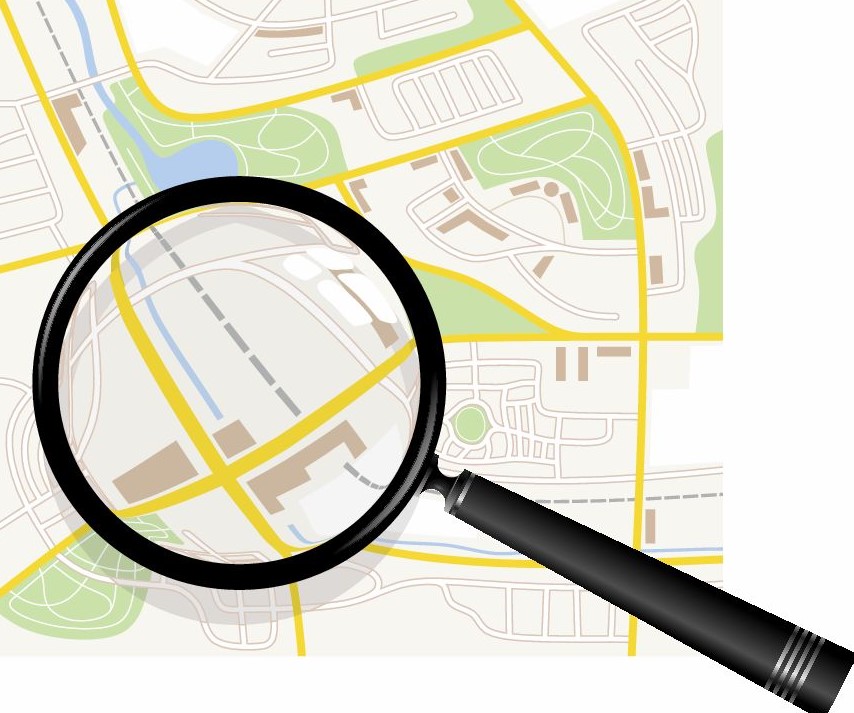CellCover are the adaptive radio field propagation calculation models from brown-iposs. The radio field predictions are adapted to the measured data on the basis of measurement data obtained from the company’s own measurement boxes, from scanners or directly from end devices connected to the network.
Digital Twin
Measurement data is often unreliable and fluctuates greatly – due to fading, uncontrolled measurement recording, interference, there are many influences. CellCover therefore validates the measurement data before adaptation and checks its plausibility using built-in validation checks. Although this considerably reduces the amount of usable measurement data, the remaining data usually still provides much more accurate information about the actual coverage on site than conventional propagation models without adaptation. The adaptive models are therefore the perfect input for automated decisions, e.g. for parameter adjustments in the radio network – a digital twin is born.

Information accurate to the house number
With the adaptive coverage models, CellCover can, for example, also provide information on current mobile network coverage down to the exact house number. This enables the rapid and targeted expansion of measuring points, sensors and associated services that use a mobile network as the basis for communication.

4 Steps to Reliable Coverage Information
For the creation of coverage information you need
- Validated measurement data
- Reliable coverage calculation
- A clear presentation
1. Measurement of the Actual State
The measurement can be carried out using a measurement box or app (“crowd source”). Scanners can also be used. However, the reporting data from the end devices connected to the network is most suitable. Although these often fluctuate greatly and are not calibrated, they accurately reflect the customer experience.
2. Data Consolidation/Collection/Assignment of Transmission Units
The data must be checked and assigned to transmission units; it must also be anonymized to prevent conclusions being drawn about individual users. The check is carried out in WiMAP, as is the assignment of measurement data to transmission units.
3. Adaptive – Transfer to the surrounding area
If no detailed information is available on the parameters of the transmission units, the transmission data must be estimated with regard to antenna, power and alignment. Obstacles can also be determined to some extent. The surrounding areas can then be calculated “adaptive”.
4. Spatial Representation = Coverage Information
Finally, the results are validated once more with a test and control comparison and can then be exported afterwards for forms, maps, etc.
Measurements & Measuring Box
To record the current mobile phone coverage, measurements can be taken using an Android app and/or a measuring box mounted on or in vehicles. In addition to the current network coverage, the aim is also to provide a long-term development of the mobile phone coverage and to determine unserved areas.
The measuring box consists of a signal receiver for the 450 – 3800 MHz range, a control unit and a GPS module. The data collection supports various mobile radio technologies such as GSM, UMTS, LTE and 5G as well as LoRaWAN, while data upload is possible via LTE, WLAN or USB stick. The form factor, protection class and power supply are adapted for the respective use on and in vehicles.




